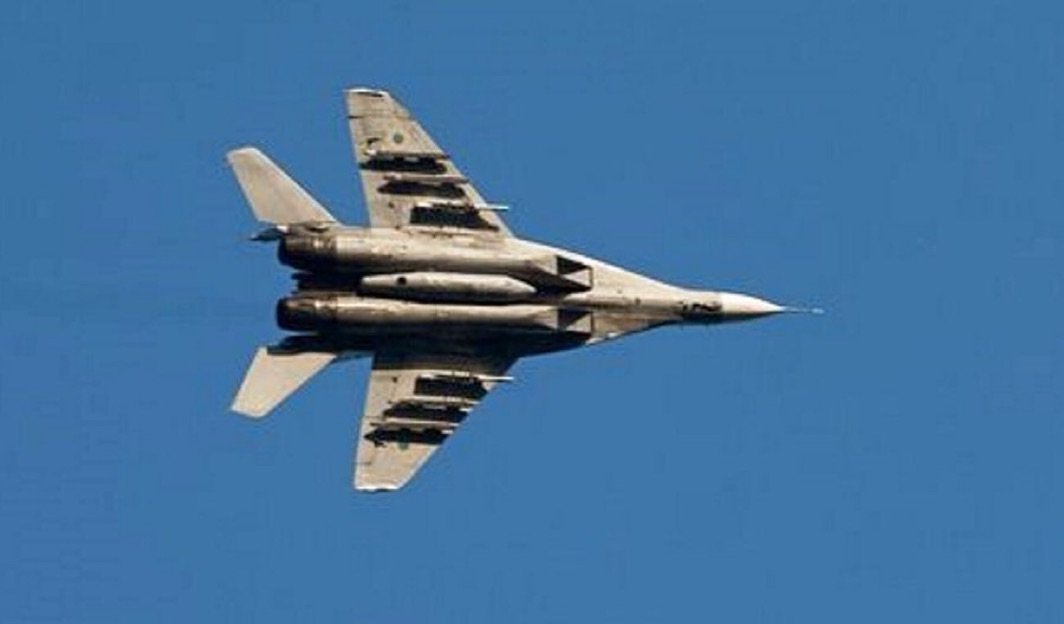The conflict between Ukraine and Russia has escalated with a new and significant development: a direct Ukrainian airstrike on a Russian command post in the Belgorod region. This region, situated close to the northeastern border of Ukraine, became the focal point of heightened military activities following recent changes in policy by the United States and France, allowing Ukrainian forces to engage more directly within Russian territories. This report delves into the implications of this bold military maneuver and its broader geopolitical ramifications.

The Strike on Belgorod
- The Incident Details
- In a significant escalation of the ongoing conflict, the Ukrainian Air Force targeted a Russian command post in the Belgorod region, which lies proximate to Ukraine’s northeastern frontier. The strike, confirmed by a military source to Sky News, represents a new tactical approach by Ukraine—utilizing a warplane to engage targets inside Russian territory, a first in this conflict. The specifics regarding the type of ammunition remain undisclosed, heightening intrigue and speculation about the possible involvement of Western-supplied weaponry.
- Western Involvement and Policy Shifts
- This bold military action comes in the wake of a policy shift by the United States, which, according to a Politico report, now allows Ukrainian forces to use American munitions to target Russian military sites in retaliation to attacks from Russian forces. This change, directed by U.S. President Joe Biden, aims to bolster Ukraine’s defensive capabilities, particularly around the strategically significant city of Kharkiv. The decision, influenced by Ukrainian advocacy and the strategic necessity of deterrence, marks a significant departure from previous U.S. policy that sought to limit the geographic scope of conflict to prevent further escalation.
Geopolitical Implications
- International Reactions
- The international community’s response to this development has been varied. NATO allies have largely supported Ukraine’s right to self-defense but express concerns about the potential for escalation into a larger regional conflict. The Russian government, on the other hand, has condemned the attack as a provocation, using it to justify its own military actions and to rally domestic support for the war effort. This incident has also prompted a broader discussion on the role of international law and the norms governing armed conflict, with implications for future military and diplomatic engagements.
- Impact on Russian-Ukrainian Dynamics
- The strategic ramifications of this strike are profound. Russia may need to recalibrate its military deployment and defensive strategies, especially in regions close to the Ukrainian border. For Ukraine, this represents a shift towards more aggressive military tactics, likely bolstered by increased Western support. This could lead to a new phase in the conflict, characterized by more frequent and intense cross-border engagements, and potentially, a shift in the territorial statuses along the conflict zones.
Future Outlook
- Possible Russian Retaliation
- The possibility of Russian retaliation is a significant concern. Moscow could escalate its military responses not only in the immediate border regions but also through increased cyberattacks and political pressure on Ukraine and its allies. This could involve more extensive use of artillery, air strikes, and possibly new offensives aimed at reclaiming territories or deterring further Ukrainian advances.
- Implications for U.S.-Russia Relations
- The use of U.S.-supplied weapons in strikes within Russia poses a direct challenge to U.S.-Russia relations, which are already at a nadir. This development could lead to further sanctions, diplomatic expulsions, and a hardening of positions on both sides. The long-term geopolitical stability in the region could be affected, with both NATO and Russia preparing for a potentially prolonged conflict scenario.
This airstrike not only signifies a tactical evolution in the Ukrainian military strategy but also serves as a litmus test for the international community’s tolerance and reaction to new levels of military engagement in the region. As both sides brace for potential escalations, the global community remains apprehensively observant of the unfolding events and their broader implications.




















+ There are no comments
Add yours